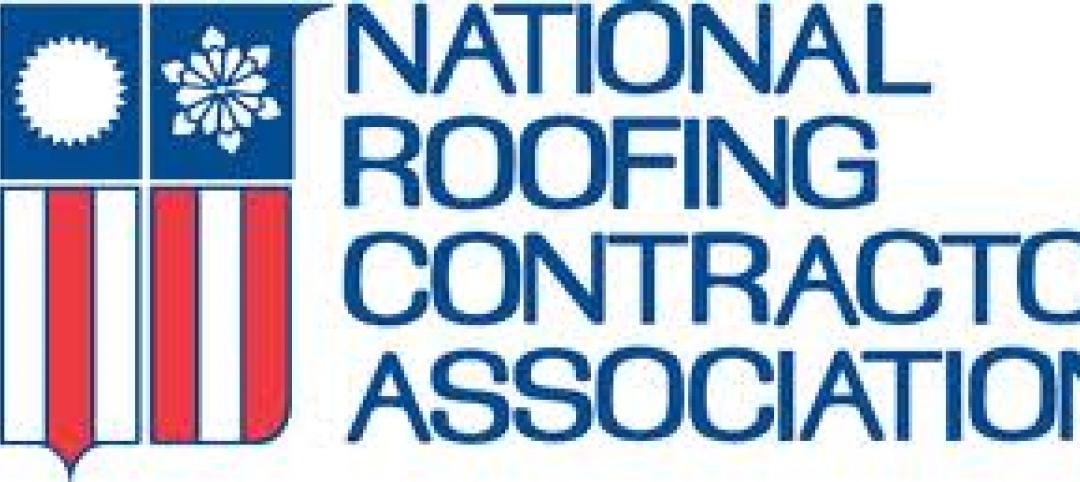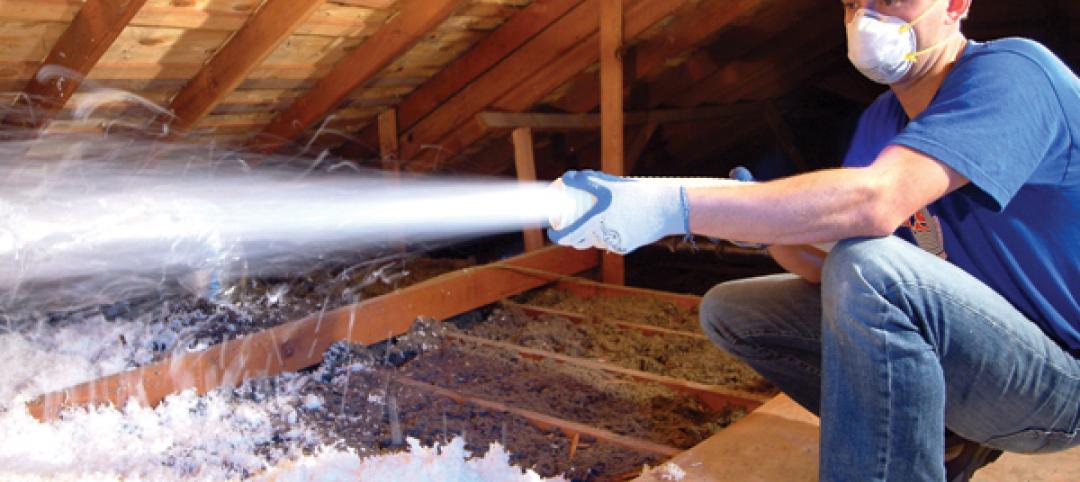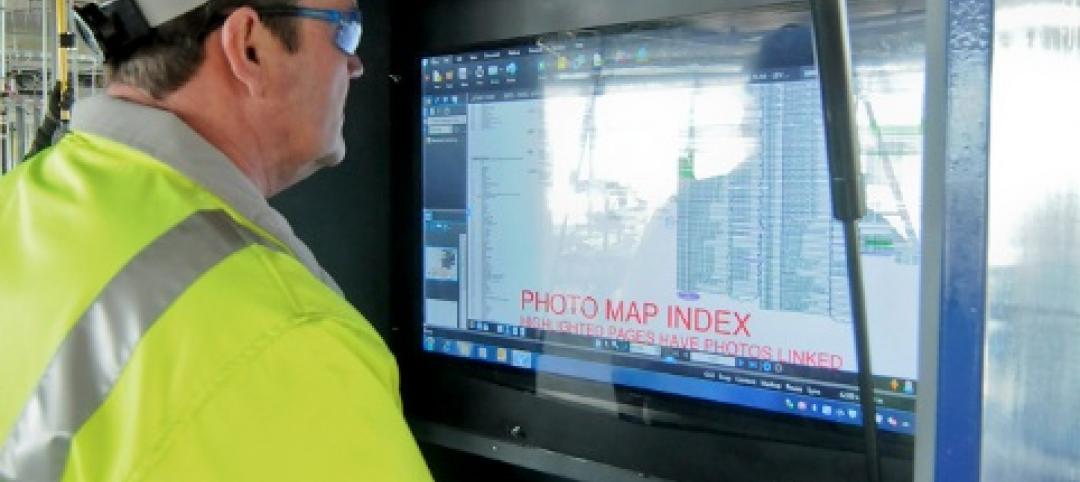Oregon’s new commercial building code will create an energy efficiency increase in commercial buildings estimated at more than 14% from the previous code.
The 2019 Oregon Zero Energy Ready Commercial Code went into effect Oct. 1, 2019, and is now in a three-month transition period until January 1, 2020 when it will be fully enforced on new projects. The new code is based on ASHRAE 90.1-2016. The previous code was based on the IECC 2009.
Among the new requirements:
· Manual lighting controls are now required for all spaces and the area of control is increased to 2,500 sf. In larger spaces, the new code allows a manual switch to control an area up to 10,000 sf.
· The occupancy sensor shut-off time delay is reduced from 30 minutes to 20 minutes for added energy savings.
· The list of spaces requiring occupancy sensors is expanded to now include corridors, lobbies, library stacks, lecture halls, multipurpose rooms, stairwells, and warehouses.
· A new requirement called “Automatic partial-off”, reduces lighting power by at least 50% when there is no occupancy in corridors, lobbies, library stacks, classroom laboratories, stairwells, warehouses, and large storage rooms.
· A secondary sidelight daylighting control zone is added adjacent to the primary sidelight zone.
· A new parking garage lighting provision is added requiring lighting shut-off, 30% light power reduction when there is no activity, vehicle entrance and exit lighting controls, and daylighting controls.
Related Stories
| Dec 29, 2011
OSHA enforcing new fall hazard standards
OSHA is enforcing its new fall protection standards, as evidenced by a recent crackdown in New York.
| Dec 29, 2011
NRCA offers program on new fall-protection requirements
The National Roofing Contractors Association's (NRCA's) program "Roofing Industry Fall Protection from A to Z" will be held Feb. 21 during the organization's 125th Annual Convention.
| Dec 29, 2011
Decision not to fireproof the new World Trade Center Transportation Hub criticized
Some criticized the decision, reasoning that the structure could be a terrorist target.
| Dec 29, 2011
Seismic safety in question at thousands of California public schools
California regulators responsible for enforcing earthquake safety laws have failed to certify more than 16,000 construction projects in California public schools, increasing the risk that some projects may be unsafe, according to a state audit report.
| Dec 29, 2011
GreenWizard offers cloud-based LEED credit management, assessment
The company recently began offering companies the ability to run assessments for design credits, in addition to traditional product-specific LEED credits.
| Dec 22, 2011
Federal home weatherization program has impacted 6.8 million homes
More than 6.8 million homes have been weatherized using federal, state, utility, and other funds under the American Recovery and Reinvestment Act.
| Dec 22, 2011
Group developing BIM data standards
A collaboration among Georgia Tech’s Digital Building Lab, the Precast Concrete Institute, the American Concrete Institute, and the American Institute of Steel Construction aims to develop global standards for transportation of three-dimensional digital models among fabricator, architecture, engineering, and construction groups.
| Dec 22, 2011
New green code spells out thermal requirement for roof retrofits
The 2012 International Green Construction Code (IgCC) includes a straightforward approach to minimum thermal requirements for roof and wall systems.
| Dec 22, 2011
AGC’s safety conference Jan. 11-13 in San Antonio
The Associated General Contractors of America’s national meeting for safety and health professionals will take place Jan. 11-13, 2012 in San Antonio, TX.
| Dec 22, 2011
Proposed New York City zoning revamp encourages rooftop solar and wind energy
New zoning regulation proposals to make it easier for building owners in New York City to make their structures more sustainable have entered the public approval process.
















